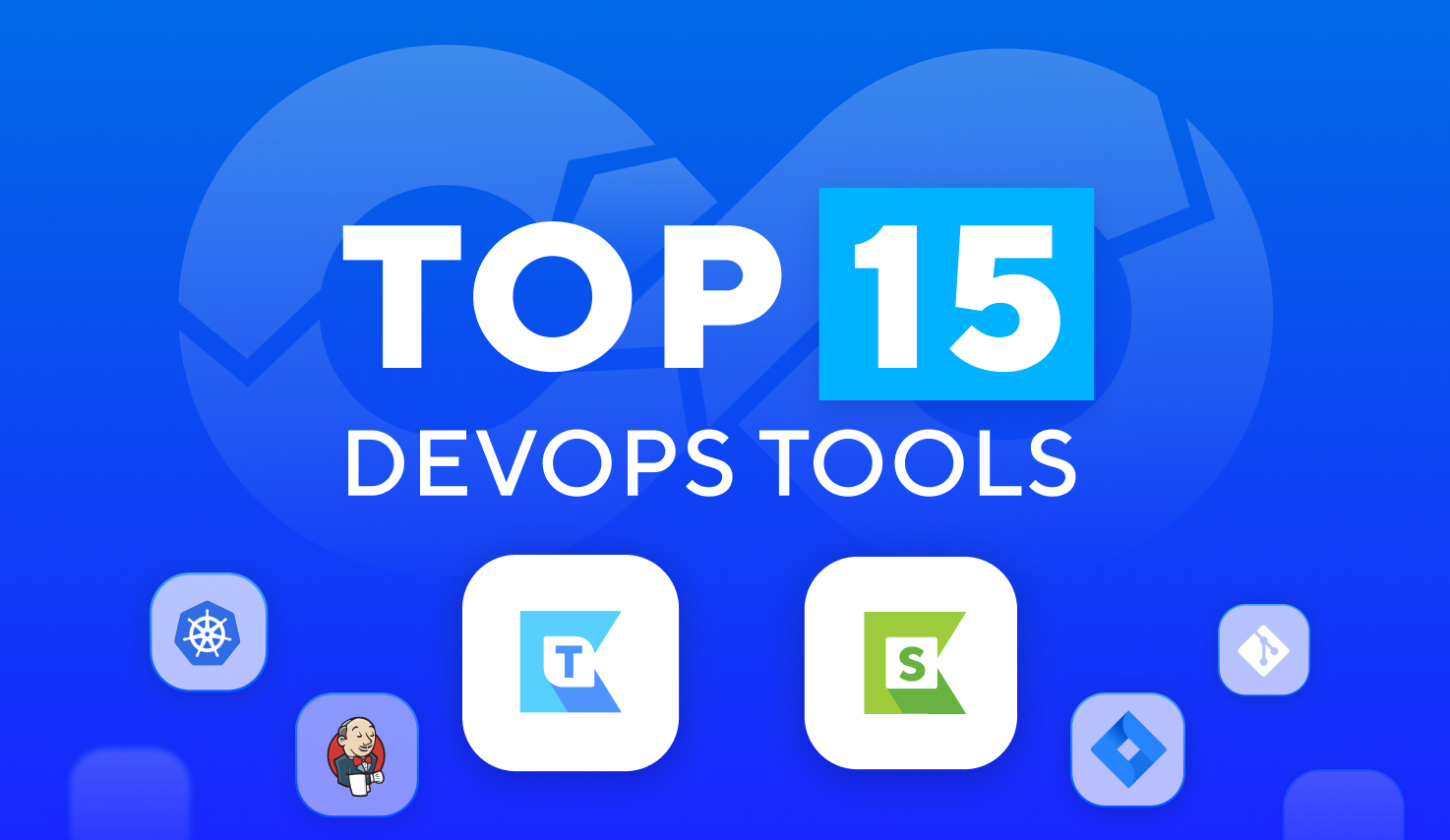Shift-Left Testing: How to Apply Shift Left Approach to Continuous Testing
As the demand to release quality software products in the short amount of time continues to accelerate, Agile and DevOps teams have to adopt new approaches to avoid falling behind. Continuous testing and shift-left testing are two breakthrough solutions in this modern era of software delivery. In this blog, we will walk you through these two notions, their benefits, and how to implement them into your software development life cycle (SDLC).
What is Continuous Testing in DevOps?
Continuous testing uses a procedure of testing early and often throughout the development lifecycle. Incorporating continuous testing into your organization’s testing strategy accelerates your time-to-market but keeps (or even improves) the quality your customers expect.
Additionally, continuous testing enables constant feedback for developers to fix bugs before being released to production. Imagine being able to increase your level of quality output even faster through automated tests performed at every stage. While automation is not a requirement of continuous testing, it does help the process run much faster and, as such, is highly recommended.
To learn more about the benefits and challenges of continuous testing, refer to 2 articles:
What is Shift-left Testing in DevOps?

Shift-left testing comes about to test earlier in the development process. Even with Agile teams breaking away from the traditional Waterfall development model, testing always seems to be the last step.
For example, if everything is completed on the developers’ side and they begin new projects, but then tests come up with bugs that have to be fixed before it can be released to production. The developers would then have to shift focus from the new projects to fix bugs in the last project or the last project would have to wait until a new release cycle. Talk about a waste of time!
In an effort to bring testing earlier into the development lifecycle while improving quality measures, tasks are being shifted left rather than the traditional method of keeping delivery and testing requirements to the right side of the development model. If possible, testing should occur from the very beginning of the design phase to build an appropriate testing strategy.
As testing will occur throughout every stage, even at the end, finding problems as soon as possible reduces the amount of time spent resolving them and reduces the change of testing becoming a bottleneck to a fast release.
Key Benefits of Shift-left Testing

- Early detection: Find bugs early and fix them before they become a problem in production
- Cost savings: Time and resources can be quickly used up. Shift-left testing helps reduce that problem and saves you money.
- Reliable testing: Increase your testing reliability by using the shift-left testing procedures
- Teamwork makes the dream work: Create a sense of unity amongst your developers and testers by keeping differences between them from creating a bottleneck
- Fast delivery: Deliver your product to market faster
- Development pipeline: Shift-left testing helps to perform testing as soon in the development pipeline as you can achieve.
Challenges of Shift-left Testing
- Planning: Shift-left testing can be difficult to incorporate without an effective plan in place before you begin
- Project Management: Properly prepare and train your project managers to incorporate shift-left testing into their processes
- Quality control: Maintaining excellent quality levels during the training and transition phase
- Developers: Developers can be resistant to testing and should be prepared to add testability to their skillset
- Silos: Reduce the silos in your organization to provide swift feedback to fix problems faster and more efficiently
- Audits: If your organization does not actively participate in regular code audits, make sure this is set up to ensure the new testing procedure is working as intended
Why Shift-left Testing Matters in Continuous Testing

Shift-left testing should matter to you because it emphasizes the test early principle. More and more, companies are finding out that style is simply not conducive to rapid releases. Time is money, after all. Shifting testing practices left and incorporate testing as early as possible allows software businesses to beat their competition to the market.
While shift-left testing might sound like the perfect approach to help you in the testing process before rolling out new products, the technique alone is not enough.
Your ultimate objective is to automate and test as many aspects of the product as possible while reducing the amount of time invested in the testing phase. This is why shift-left testing should come into the picture.
Shift-left testing should be incorporated into continuous testing so that testers can generate more frequent, holistic and more practical tests with the implementation of real functional data. The combination “shift-left continuous testing” adds to the automation of your application testing, ensures that it is utilized as much, as early, and as continuous as possible throughout the product development pipeline.
In other words, by incorporating shift-left testing and continuous testing, bug detection can be done more efficiently in the early stage, resulting in higher quality feedback and faster issue resolution with lesser effort.
How to Apply Shift-left Testing in Continuous Testing

Now that you have understood the two definitions, let’s unravel these concepts to see how they fit into the big idea.
Shift-left testing is a part of continuous testing, as it employs the same process of testing at every stage and as often as possible. While continuous testing is part of the process of executing tests in the DevOps pipeline to get feedback on bugs as soon as possible, shift-left testing focuses on defined objectives. Therefore, if continuous testing incorporates the entirety of the DevOps pipeline (i.e. from planning, designing, developing to deploying), shift-left takes a part of each cycle and sets testing strategies for each task in the cycle. Shift-left testing enhances continuous testing and makes it a stronger weapon against bugs.
In addition, you can apply shift-left testing through behavior-driven development (BDD). BDD is a versatile Agile software development approach that enhances collaboration between developers and non-technical team members such as managers.
Katalon Studio is a powerful tool for you to implement BDD into shift-left testing through Jira integration.
By integrating with Jira, the non-technical department such as testers and managers can directly pull requirements from Jira to BDD files, which are already integrated in Katalon Studio. QA testers can then write test cases and send back to developers to run.
With this approach, managers will understand what happens throughout the software delivery process thanks to the ubiquitous language of BDD; testers will not have to wait until developers finish coding. If defects or errors occur, either the QA or development team can quickly re-run test cases and make changes accordingly.







